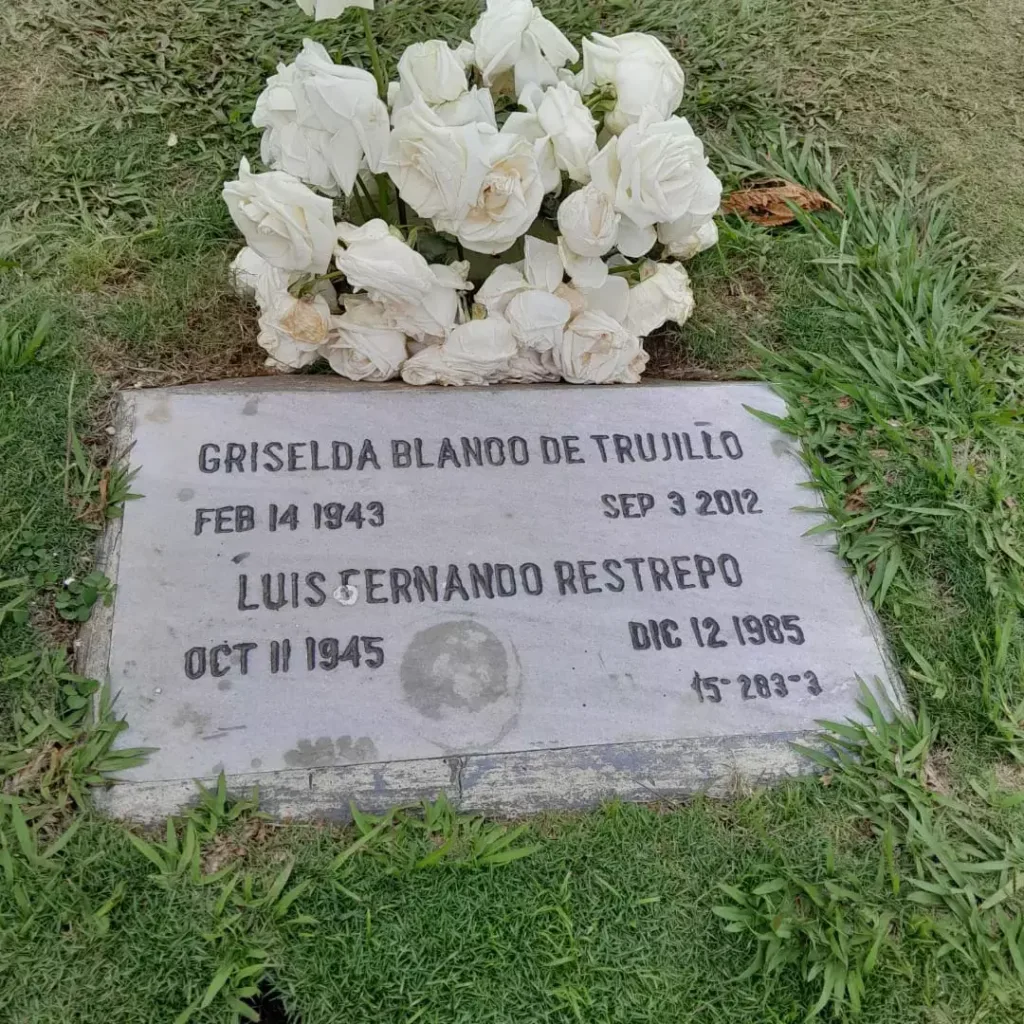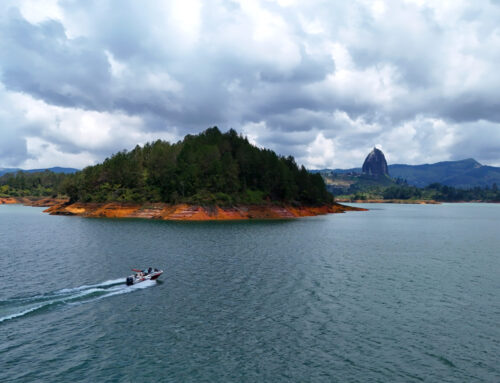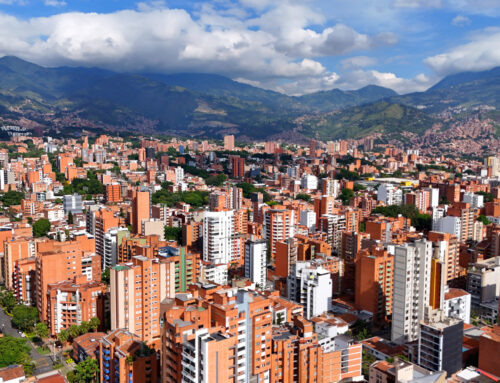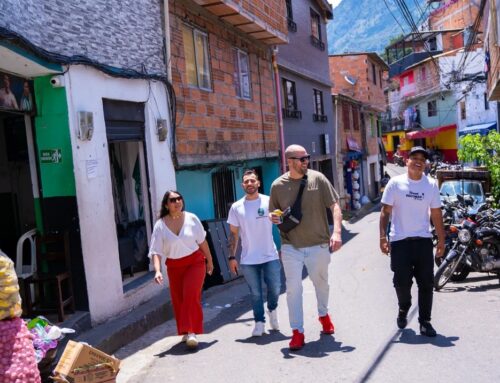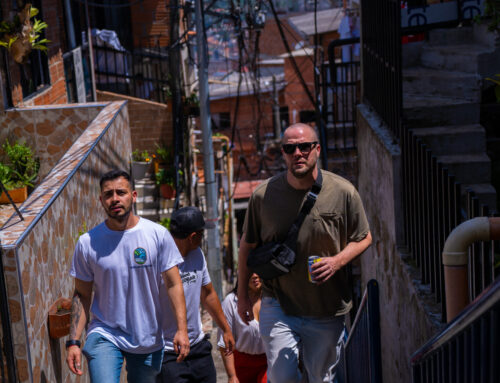Griselda Blanco was a notorious Colombian drug lord, during her time most people referred to her as “The Black Widow” or “La Madrina“, nicknames she gained by running a blood-soaked drug empire.
Blanco rose to power within the Medellín Cartel, conducting a series of horrific crimes that resulted in a dramatic downfall.
This article walks you through how a poor girl from Cartagena grew up to become an international narcotics queenpin making more than 70 million dollars a month by selling cocaine.
Griselda Blanco’s Early Life
Griselda Blanco Restrepo was born on February 15, 1943, in Cartagena, Colombia.
Growing up so poor, Blanco’s life was fraught with violence. As a young girl, she would later move to Medellín with her mother, where she was introduced to the life of crime and gangs.
Naturally, at the age of 11 years old, Blanco became entrenched in a life of crime, from pickpocketing to prostitution to kidnapping and eventually to murder.
Blanco grew up surrounded by criminals in the slums of Medellín. A harsh environment that would later shape her into this tough and ruthless drug lord.
Despite these challenges in her early life, she was extremely intelligent and quick-witted. She quickly learned the ways of the streets, mastering the skills needed to survive in a world where murder and violence were pretty common.
Her early involvement in crime gave her the experience she needed for her eventual rise to power in the drug trade.
Blanco’s Rise to Power
In the 1970s she moved to the United States. Settling in New York City, she became heavily involved with drugs.
She founded a network that smuggled cocaine from Colombia to the United States through Florida. Her operations were highly organized and efficient with the help of her then-husband Carlos Trujillo, allowing her to dominate the market and make a huge fortune.
Blanco stood out as a drug trafficker, not because she was a woman which was unusual, but due to her audacious methods. She was known for her ingenious smuggling techniques, for example hiding cocaine in custom-made lingerie and hollowed-out shoes.
Blanco’s ability to think outside the box and her willingness to take risks made her a formidable force in the drug trade.
The Cocaine Godmother
Blanco earned the nickname “The Cocaine Godmother” due to her dominance in the drug trade. By the middle of the decade, Colombia had emerged as the center of the cocaine trade, which brought opportunities for staggering wealth and danger.
Blanco’s empire was rapidly expanding, and she was soon overseeing the shipment of massive quantities of cocaine, making her one of the richest and most powerful drug lords.
Her influence extended beyond the drug trade, as she used her wealth to buy political connections to protect her interests and smuggling operations.
Her reign did have its challenges as she was faced with constant threats from rival cartels and law enforcement agencies. But she was so cunning and brutal which helped her stay in control.
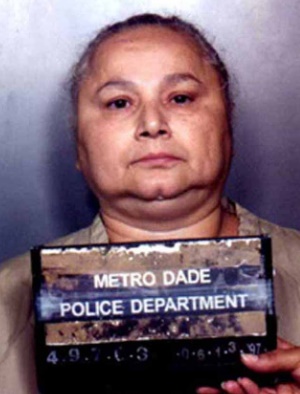
Violent Legacy
Blanco’s reign was marked by extreme violence. She was involved in hundreds of murders, including rival drug traffickers, law enforcement officers, and innocent people.
Her personal life was as horrific as her criminal life, with multiple marriages and the deaths of several of her lovers under suspicious circumstances that many historians believe that she was implicated in the murder of her three husbands. Her violent legacy made a big impact on her family and the communities she belonged to, spreading fear and chaos wherever she went.
Blanco’s brutality wasn’t only aimed toward her enemies and rivals. She was known to be ruthless towards those within her own cartel. As disloyalty was punishable by death.
These actions created an atmosphere of fear and mistrust that made sure her associates stayed loyal out of fear for their lives. This violent environment of paranoia defined Blanco’s rule and contributed to her notoriety.
The Black Widow’s Downfall
In the mid-1980s, Blanco’s luck began to run out. Law enforcement agencies intensified their efforts to dismantle the drug cartels, and Blanco became the prime target. In 1985, she was arrested and charged, Found guilty, she received 15 years which was the maximum sentence on multiple charges, including drug trafficking and murder.
Blanco was sentenced to decades in prison, marking the end of her reign as one of the most powerful drug lords in history. Her arrest was a significant victory for law enforcement, but it also exposed the extent of corruption and violence within the drug trade.
Blanco’s time in prison did little to diminish her influence. The prison bard did not stop her as she continued to control some of her drug trades. Her ability to still operate even from prison showcased the loyalty of her associates.
Blanco’s health began to deteriorate, she was faced with the reality of her violent actions and their consequences.
The Rising Popularity of Griselda Blanco Tours
Recently, Griselda Blanco’s legacy has taken on a new form with the advent of tours dedicated to her life and crimes. These tours, which are particularly popular in Medellín, Colombia, attract lots of curious tourists and true crime enthusiasts.
Tourists are taken to key locations associated with Blanco’s life, including her childhood home, former residences, and various infamous crime scenes. The tours offer a first-hand point of view into the life of one of the most notorious drug lords in history.
The tours provide a detailed account of Blanco’s rise and fall, offering insights into the violent world of the Medellín Cartel. Many argue that these tours serve as an example and reminder of the brutal reality of the drug trade.
The tours draw huge interest and curiosity, highlighting Blanco’s life and her legacy. For many tourists, the tours offer them a way to understand the history behind the drug trade and its impact on society.
Her Death
From her humble beginnings in Colombia to her rise as the most powerful figure in the cocaine trade, Blanco’s legacy is one of violence and ruthlessness.
She seemed to have given up on her crime life after she returned to Colombia.
In 2012, Blanco was 69, she was shot by an unknown gunman as she was leaving a butcher shop in Medellín.
She is buried in Jardines Montesacro cemetery, the same place Pablo Escobar is buried.

